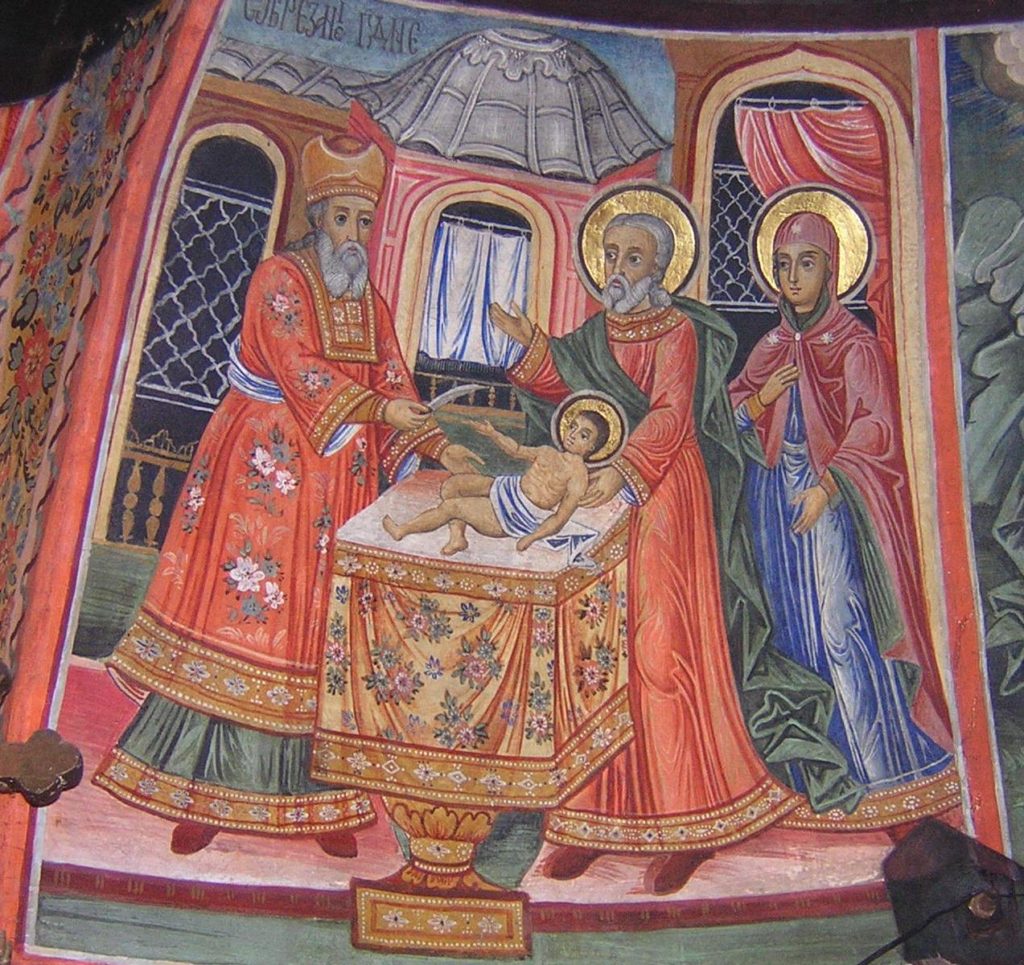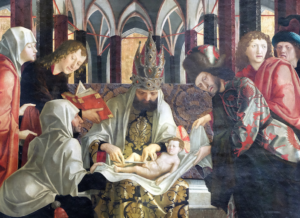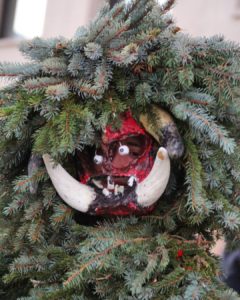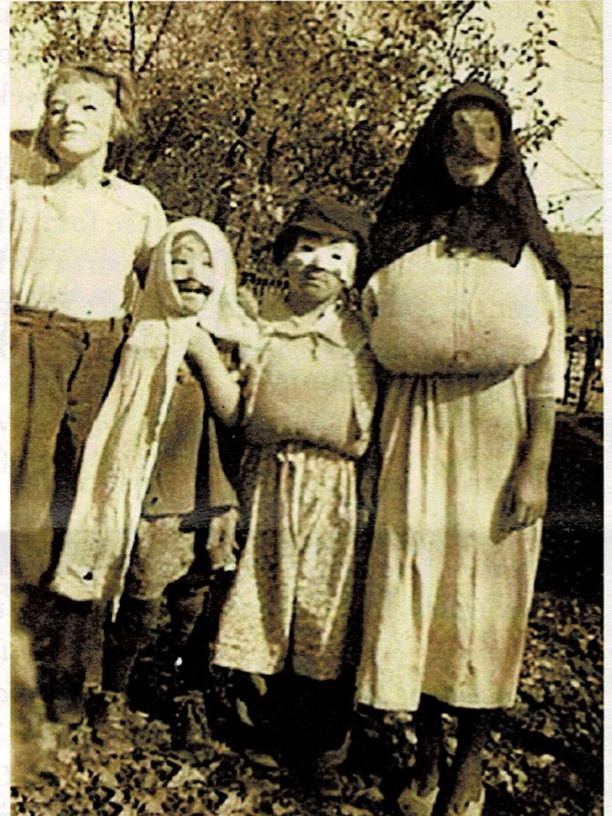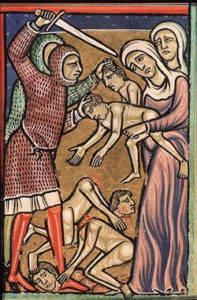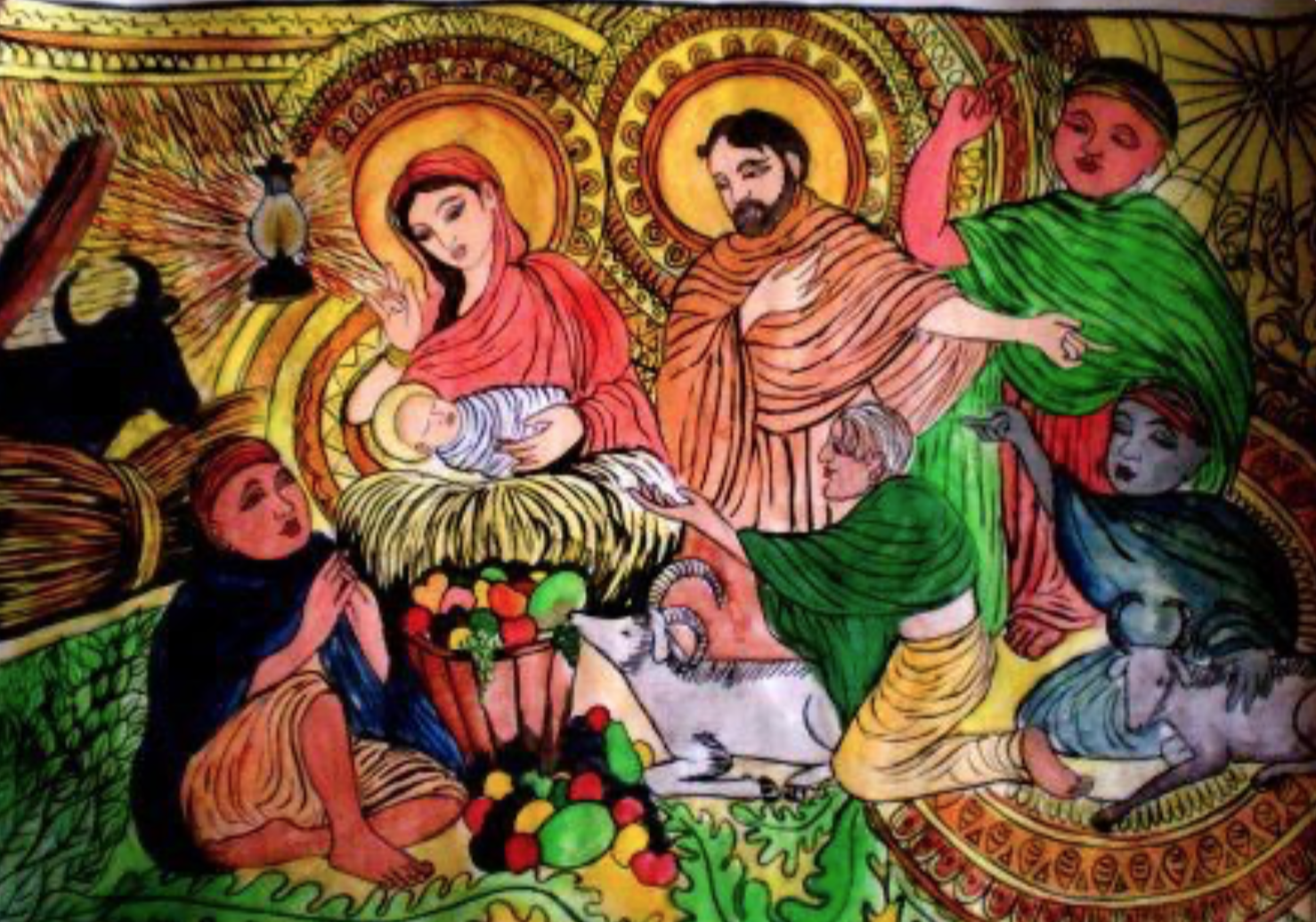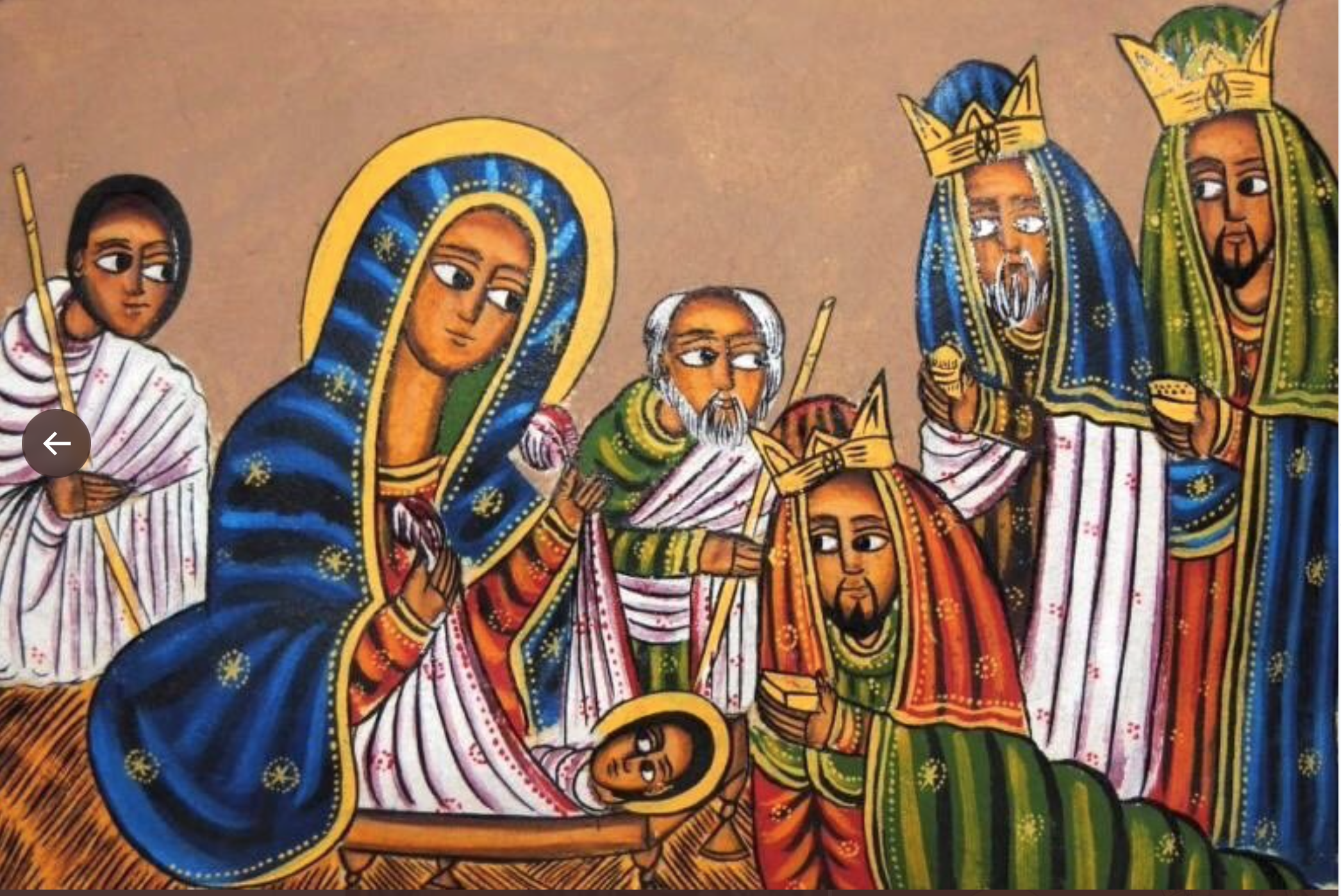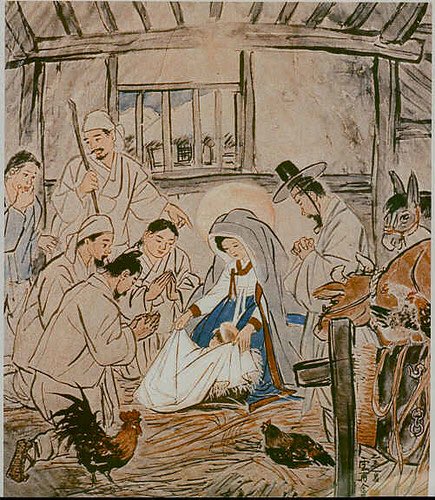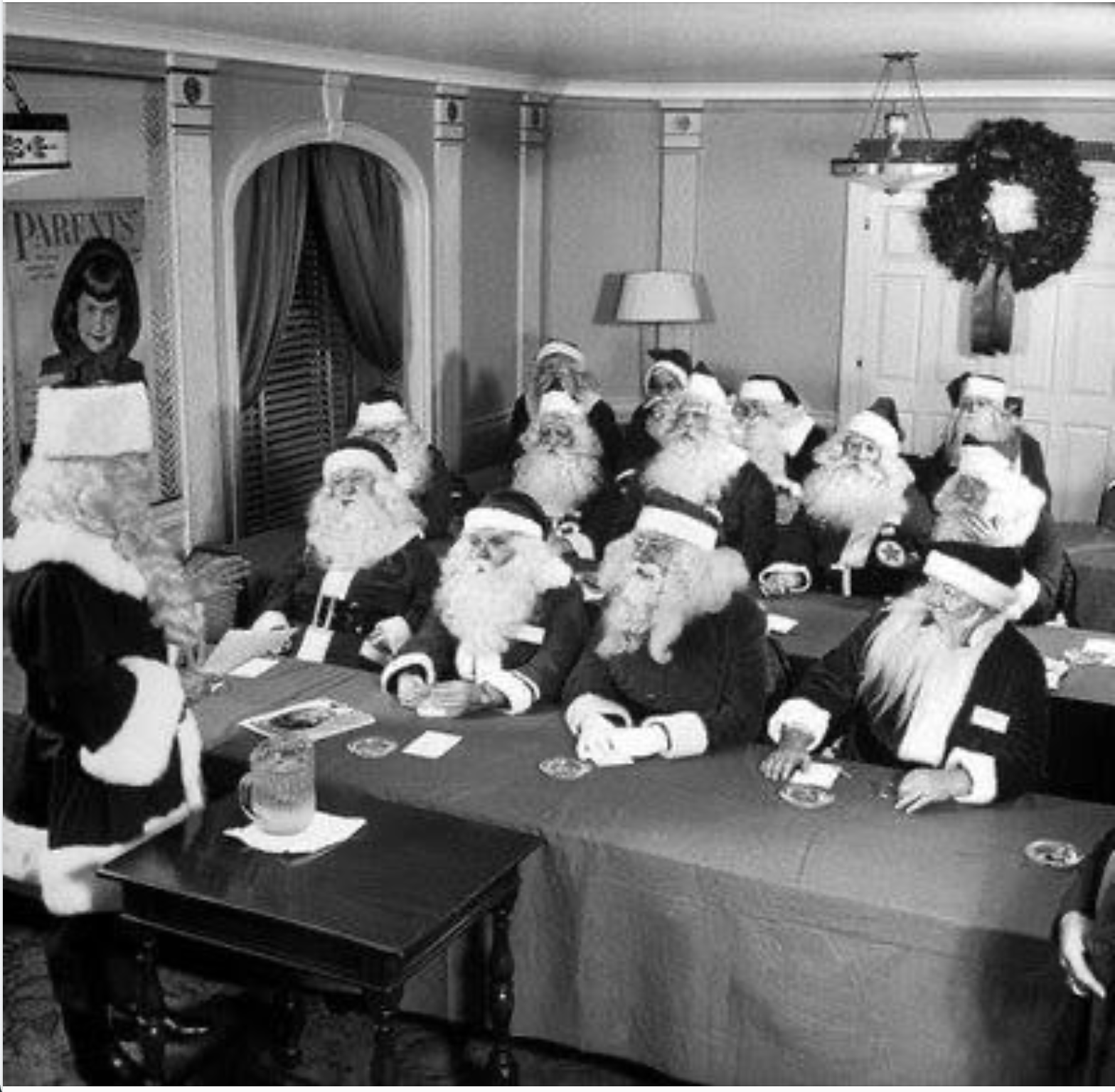
From an article on the blog of The Golden Glow of Christmas Past:
In 1937, Charles W. Howard established the first Santa Claus School which today is the oldest continuously-run Santa school in the world. At the suggestion of a local journalist, he opened a Santa Claus School in Albion New York, to disseminate his Santa philosophies and methods. He initially held classes in his own home. In the late 1940s, he developed Christmas Park adjacent to his house, an attraction for children throughout western New York, which had space for his school’s classroom and dressing room. New Santas could get practice interacting with children by portraying Santa and his helpers at the park. Department stores across the country sent Santas and executives both to his school.
There have been changes to the School since that article. Under new management the School’s website proclaims:
In 1937, Charles W. Howard a farmer in Albion, New York established a Santa school in direct response to his displeasure with seeing other Santas in frayed suits and cheap beards, and a shockingly inadequate knowledge of reindeer. He decided that he could start a school to make a better Santa. The first class consisted of three men, including a welder from New Jersey, his friend, and a neighbor. Charles eventually had a Christmas-themed park, with several barns, a train and some reindeer. Children for miles around would visit, including Tom Valent, who is originally from a town called Salamanca, about an hour’s drive from Albion.
“As a little girl I sat on Charles Howard’s lap, too,” Holly Valent said. “We were from a small town. Every child wanted to go to Christmas Park.” From 1948 to 1965, Charles Howard was the featured Santa Claus in the Macy’s Thanksgiving Day Parade, perhaps the most visible Santa in the United States.
The school was taken over by Nate Doan in the 1960s, another famous Santa who in 1968 moved the school to Bay City, Michigan. Tom first attend the CH Santa School in 1975 when expecting his first child.
Today, the Charles W. Howard Santa Claus School continues running under the direction of Tom and Holly Valent and is carried on in Midland, Michigan with an eager student body of about 300 joyful and jolly new and returning students each year.
In 1995, Tom and Holly conducted the first World Santa School in Illulisatt, Greenland. The participating countries included: Germany, Ireland, England, Norway, Sweden, Denmark, Canada, Spain, Australia, Greenland, South Africa, Switzerland, as well as the United States. This Santa School has been taught in Australia, Greenland, and England. Tom and Holly have participated in the weeklong St. Nicholas festivities in Zurich, Switzerland, Oslo, Norway and Stockholm Sweden.
